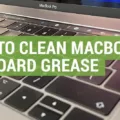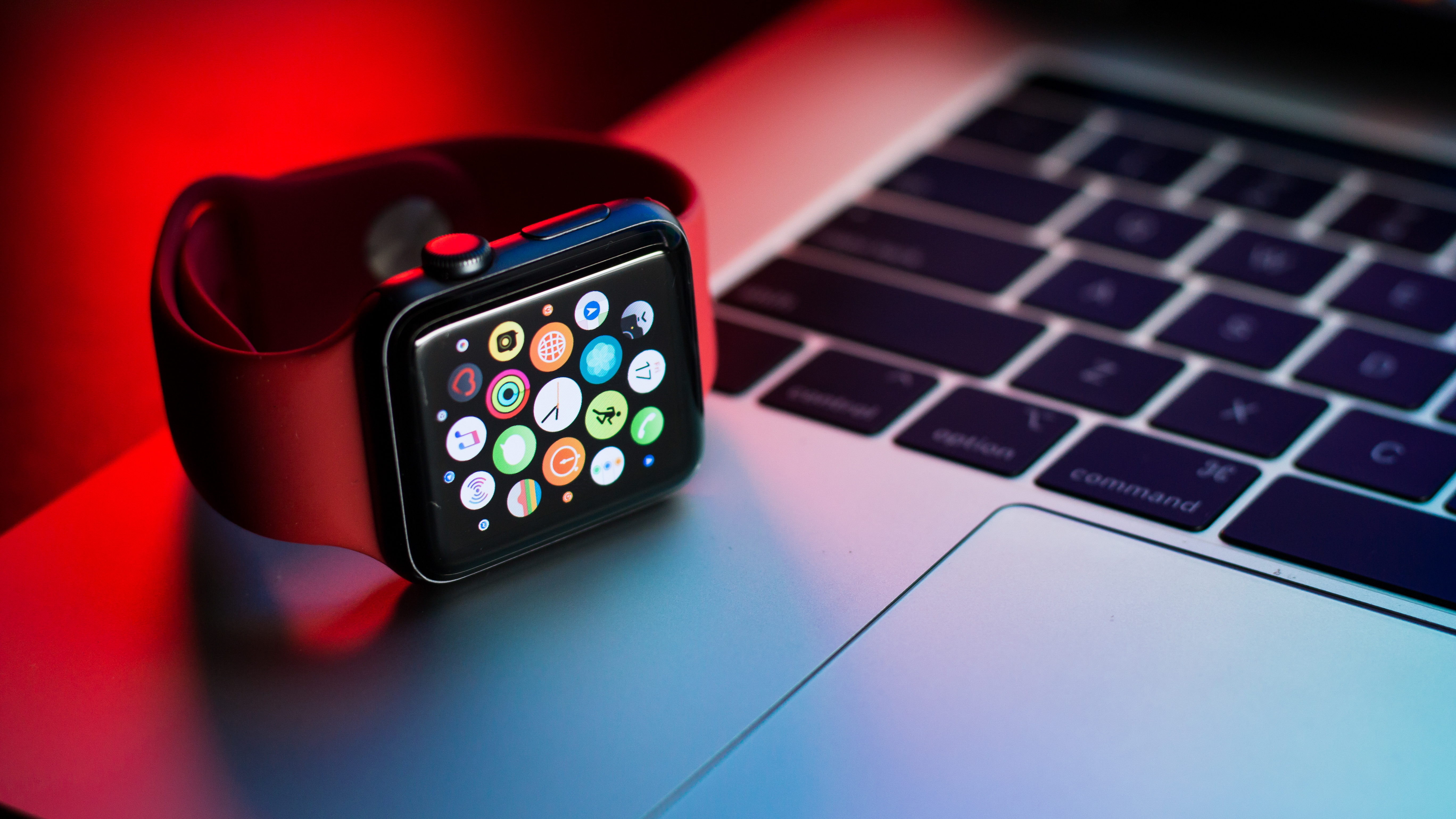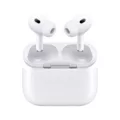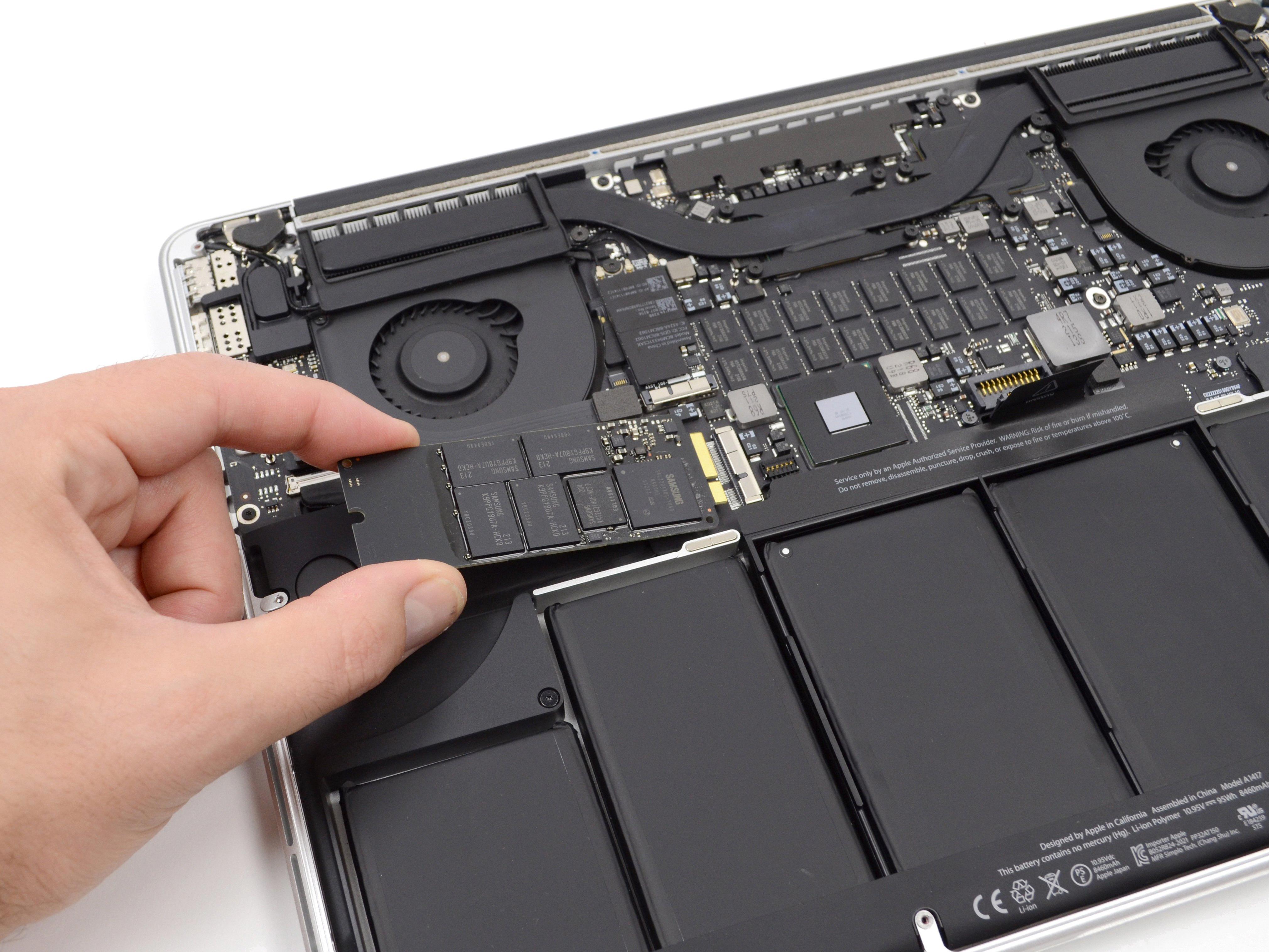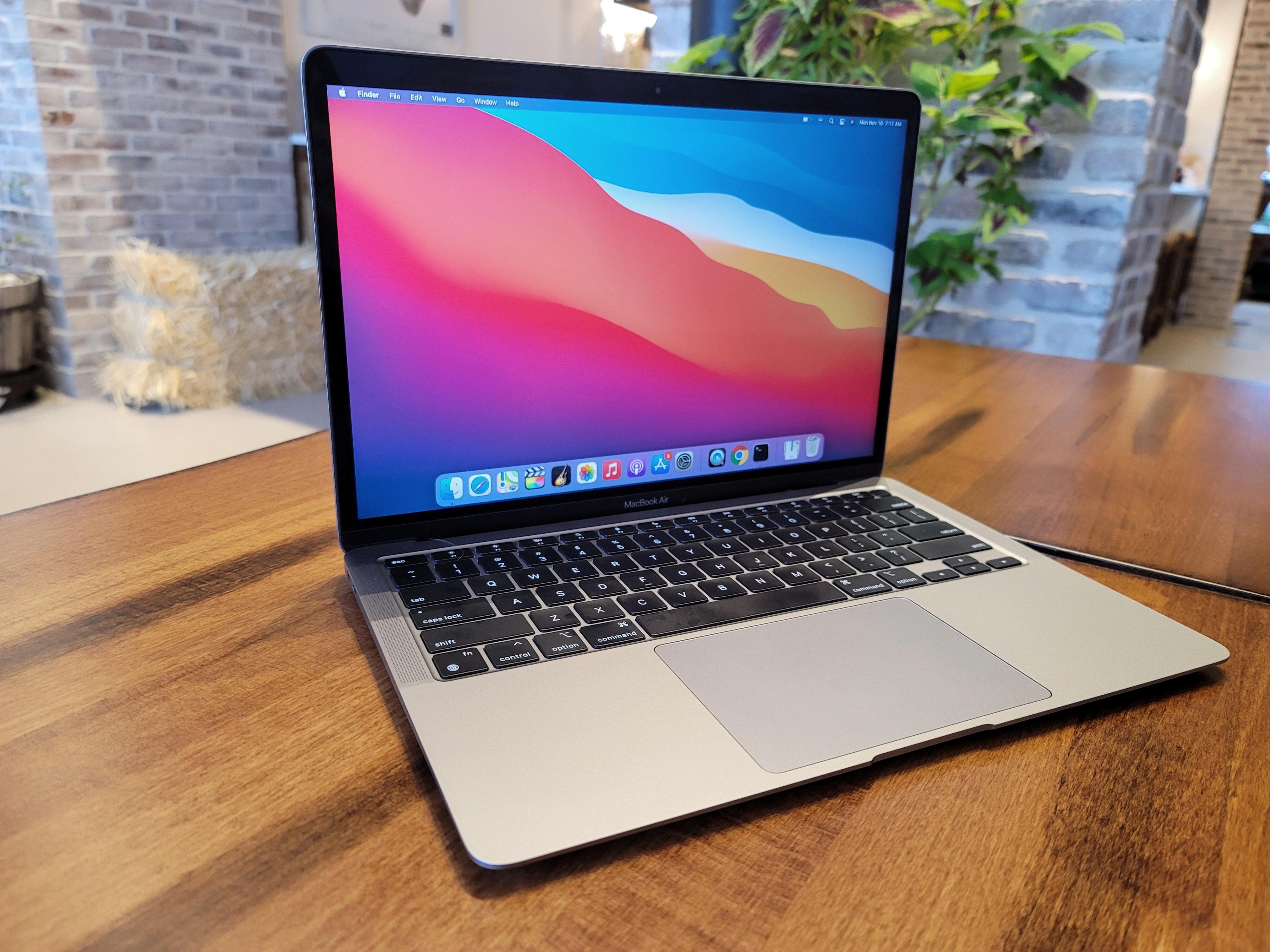Are you having trouble with sticky keys on your Macbook or Macbook Pro keyboard? If so, you’re not alone. Sticky keys can be caused by a variety of things, from spilled drinks to crumbs and other debris getting stuck in the mechanism of the keyboard. Fortunately, it’s easy to clean your Macbook keyboard and get rid of those annoying sticky keys.
The first step is to turn off your Macbook and unplug any power cords or other cables. Then, hold your Macbook at a 75-degree angle so that it’s not quite vertical. Use compressed air to spray the keyboard, or just the affected keys, in a left-to-right motion. Rotate your Macbook to its right side and spray the keyboard again. This will help dislodge any debris that may have gotten stuck in between the keys and make them easier to clean.
Next, use a damp cloth or cotton swab (dipped in distilled water) to wipe away any dirt or dust from each key as well as around the edges of the laptop. Be sure not to use too much moisture as this could damage your laptop’s internals.
Finally, use a dry cloth (or cotton swab) to dry off any remaining moisture on each key and around the edges of the laptop. Once all of the keys are completely dry, you can plug all of your cables back in and turn on your laptop. You should now have a clean and working macbook/macbook pro keyboard!
Cleaning out sticky keys on your MacBook/MacBook pro doesn’t need to be a difficult task! Hopefully, these steps will help you get rid of those annoying sticky keys quickly and easily!
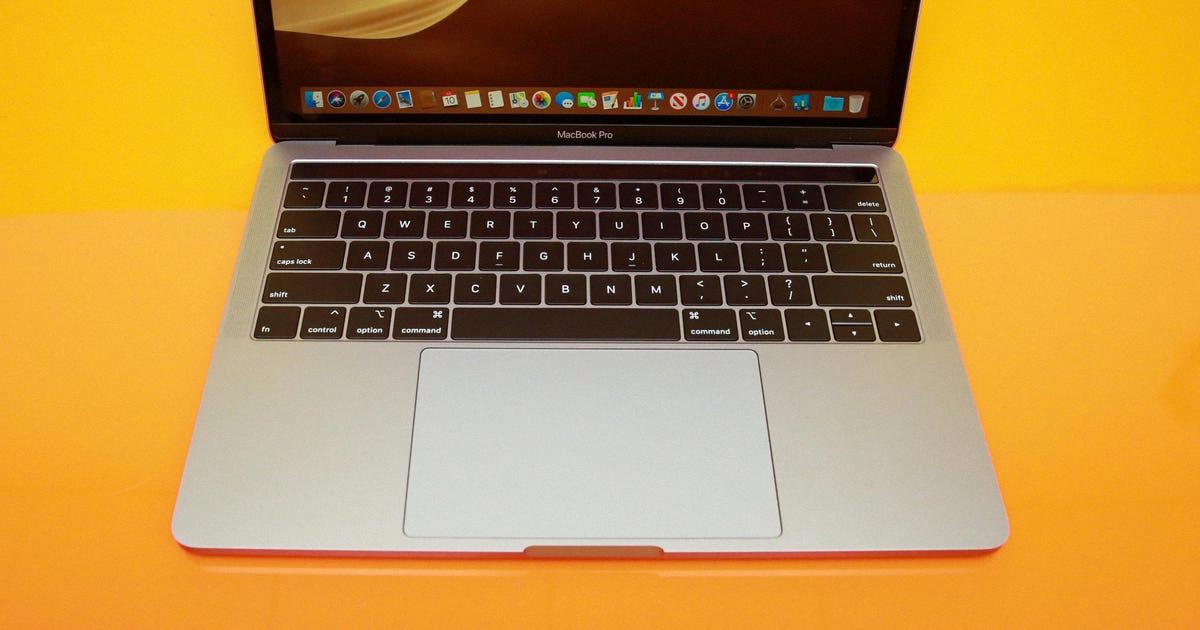
Source: cnet.com
Cleaning Under Mac Keyboard Keys
Begin by turning your Mac notebook off and unplugging it from any power sources. Use a pair of tweezers to carefully remove the keys from the keyboard. Gently pry up each key using the tweezers until you can access the area underneath it. Use a soft, lint-free cloth to wipe away any dust or debris in the area beneath the key. You can also use a vacuum brush attachment to gently vacuum up excess dirt. Once you have finished cleaning, replace each key back on its corresponding keycap by firmly pressing down on it until it snaps back into place.
Dealing with a Sticky Mac Keyboard
The most common cause of a sticky Mac keyboard is liquid spillage or food crumbs getting trapped between the keys. Over time, these substances can dry out and become gummy, making it difficult to press the keys. In some cases, dirt and dust can also accumulate on the keys, making them sticky as well. Fortunately, with a few simple steps, you can clean your keyboard and restore it to its original condition.
Can Apple Clean a MacBook Keyboard?
Yes, Apple can clean your MacBook keyboard. If you have a MacBook, MacBook Air, or MacBook Pro that is eligible for service, Apple or an authorized Apple Service Provider can provide the cleaning free of charge. The process typically involves removing dirt and debris using compressed air and/or a vacuum cleaner. Furthermore, any keycaps that are damaged or worn may be replaced in order to maintain the proper functionality of the keyboard.
Fixing Sticky Keys Without Removing Them
To fix sticky keys without removing them, start by shutting off the keyboard and unplugging it from the device. Next, take a cotton swab and moisten it with rubbing alcohol or a mild cleaning solution. Use the swab to clean the affected keys, paying special attention to the area around and beneath each key. Make sure to avoid damaging any of the sensitive electronic components in the keyboard. Once you’ve cleaned all of the affected keys, replace them in their original positions and allow the keyboard to air dry completely before reconnecting it or using it.
Cleaning a MacBook Keyboard Without Compressed Air
To clean your MacBook keyboard without compressed air, you should start by unplugging the laptop from any power sources and shutting it down. Next, use a vacuum cleaner with a soft bristle attachment, such as an upholstery brush, to carefully remove any dust and debris that are trapped between the keys. If there is still dirt that won’t come off with the vacuum cleaner, dampen a cotton swab with rubbing alcohol and use it to clean around the keys. The cotton swab should be wet, but not dripping. Dispose of the swab once it’s picked up enough dirt. You may need more than one swab to cover your entire keyboard. Finally, allow your laptop to air dry before powering it back on.
Conclusion
In conclusion, Macbook keyboards are generally very durable and reliable, but can become sticky or damaged over time with regular usage or if the liquid is spilled on them. Fortunately, with some basic cleaning and care, you can keep your Macbook keyboard in good working order. Regular cleaning with compressed air and wiping down the keys with a soft cloth can help to keep them free from dust, dirt, and debris, while also keeping them from becoming too sticky. Additionally, immediately wiping up any spills that occur on the keyboard can help to minimize any damage to the keys.

